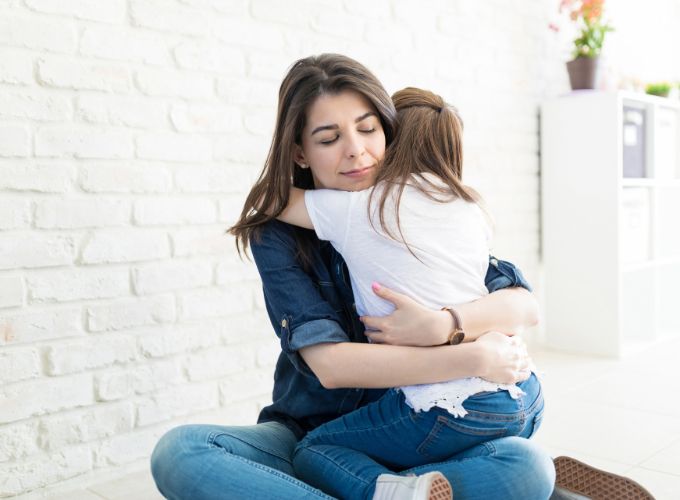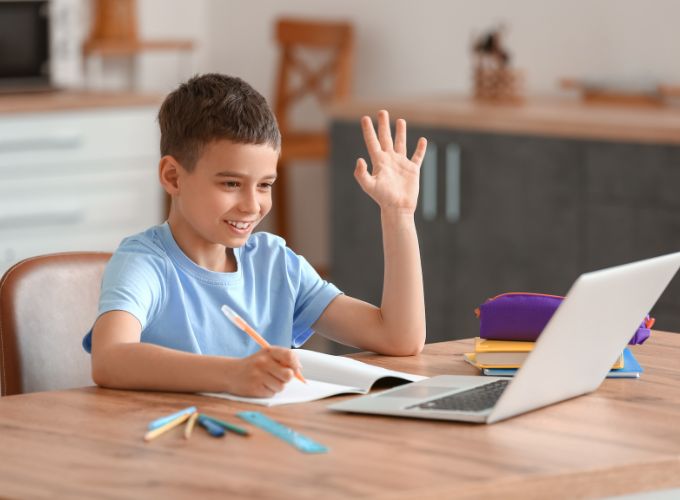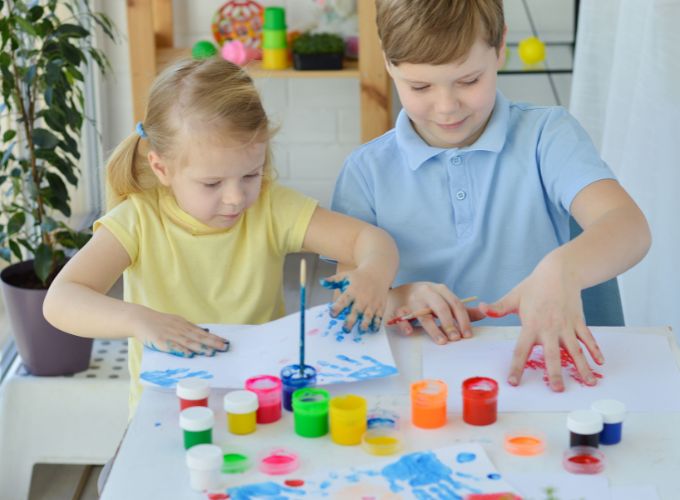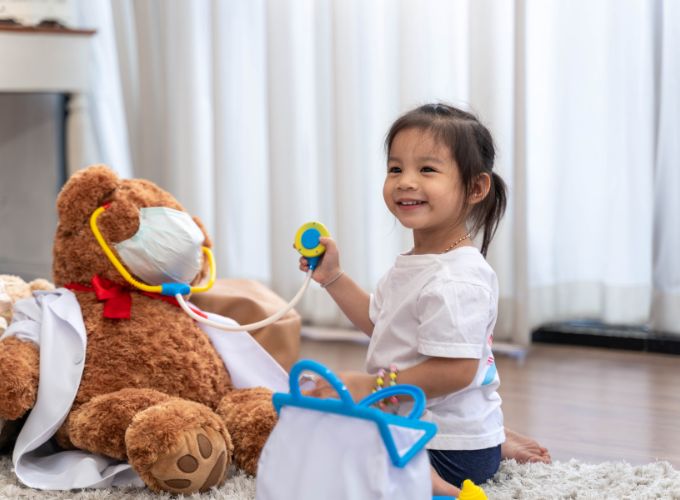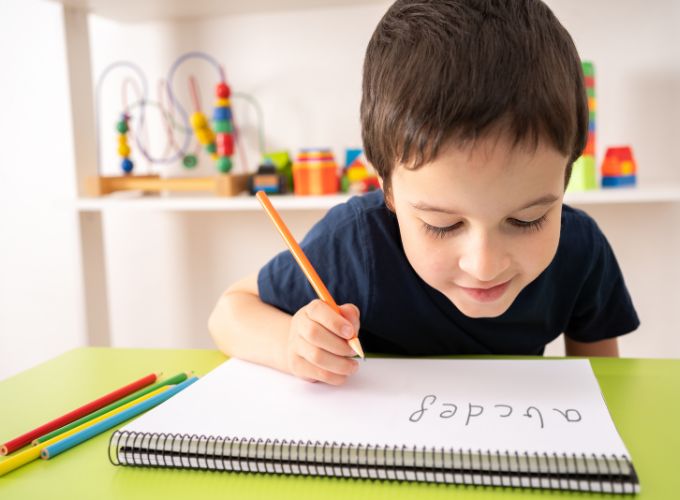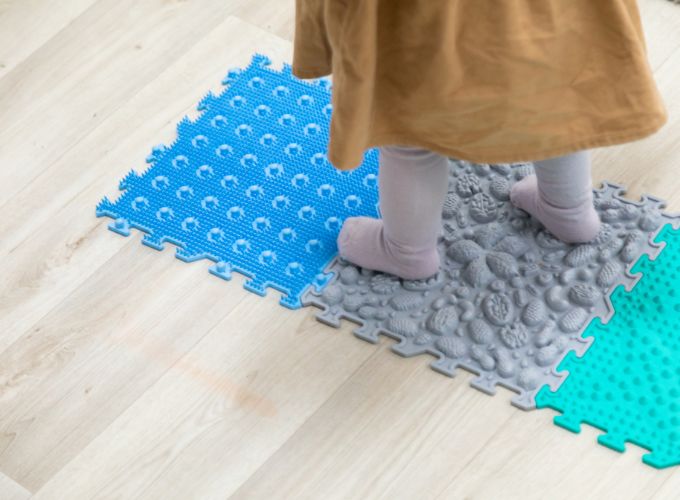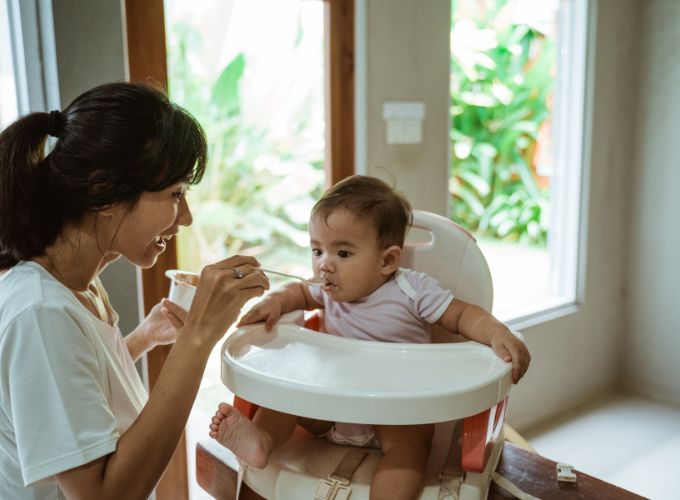Intensive Interaction
Intensive Interaction is a play-based approach used to help children develop foundational communication and interaction skills, especially those at the pre-speech stage. It is designed for children who may have difficulties interacting. Through a relaxed, engaging, and child-led method, intensive interaction emphasizes understanding and responding to non-verbal communication signals like body language, facial expressions, and vocalizations, and it builds upon these fundamental interaction skills to promote more meaningful engagement.
Schedule an appointment with one of our Occupational Therapists today to discover how we can help you.
What does intensive interaction involve?
In intensive interaction, the practitioner engages with the child by closely observing and responding to the child’s actions and behaviors. This dynamic mimics the way parents and babies communicate through imitation and turn-taking. The practitioner’s role is to:
- Imitate and mirror the child’s behavior, sounds, or gestures.
- Expand on the child’s actions to develop playful, communicative games.
- Follow the child’s interests and lead, ensuring the interaction remains at the child’s pace.
- Pause and observe to allow the child to guide the interaction, ensuring responses are appropriate and meaningful.
Sessions typically start short (just a few minutes) and gradually become longer as the child becomes more engaged and their skills develop. Intensive interaction can occur multiple times a day during any natural opportunity, making it flexible and adaptable.
Skills Developed Through Intensive Interaction
This approach helps children acquire basic communication abilities such as:
- Enjoying the presence of another person and establishing social bonds.
- Shared attention (focusing on the same object or activity with another person).
- Imitating and taking turns during activities, a precursor to conversational skills.
- Developing attention span through enjoyable and interactive activities.
- Vocalizing with meaning, leading to more structured communication.
Key Principles of Intensive Interaction
- Imitation: The practitioner imitates the child’s vocalizations, movements, and actions, helping the child recognize and enjoy shared experiences. This reciprocity encourages further interaction.
- Joint Focus and Joint Action: Both the child and practitioner engage in activities together, which could involve:
- Exploring sensory objects like fabrics, toys, or mirrors.
- Passing objects back and forth.
- Engaging in sound play or making noises together.
- Singing and playing interactive songs.
- Following the Child’s Lead: The practitioner allows the child to take the lead in the interaction, adjusting their responses to reflect the child’s interests and pace.
Examples of Intensive Interaction Activities
- Exploring textures or toys together, stimulating sensory awareness.
- Passing and rolling a ball to foster turn-taking.
- Making sounds or playing instruments to build auditory awareness.
- Singing songs with actions, incorporating physical movement and rhythm.
- Blowing and watching bubbles, focusing on shared visual experiences.
Intensive interaction is highly individualized, child-centered, and emphasizes the importance of the child’s natural communicative abilities. It builds on those abilities through playful, engaging activities, promoting greater social, emotional, and communicative development.
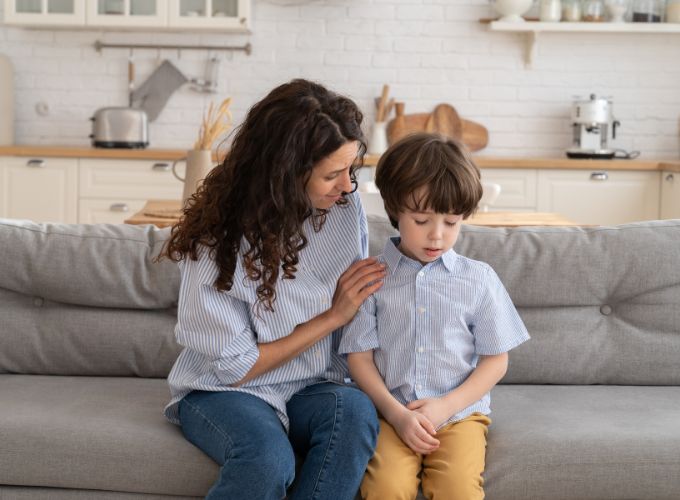
Request an appointment to support
your child’s functional skills and daily living abilities.
Our Pediatric Physiotherapy center in Abu Dhabi, UAE is dedicated to enhancing motor skills, sensory processing, and
overall independence, empowering your child to engage more confidently and effectively in everyday activities!
Schedule a consultation with Perfect Balance Pediatric Physiotherapy today and
take the first step toward a more independent and fulfilling life for your child

